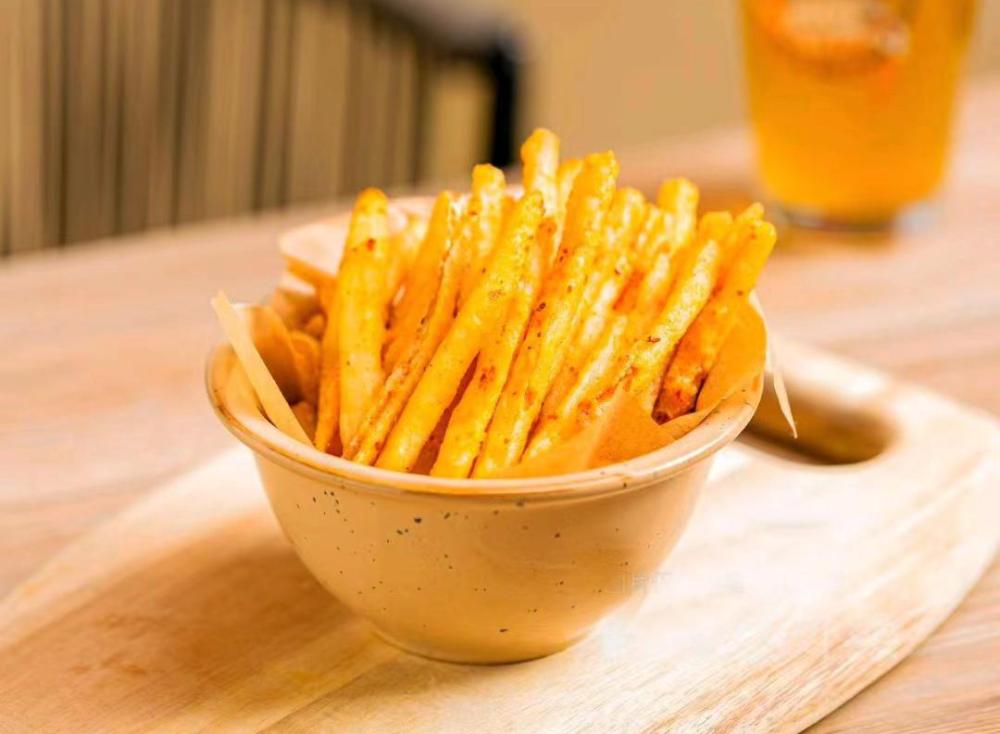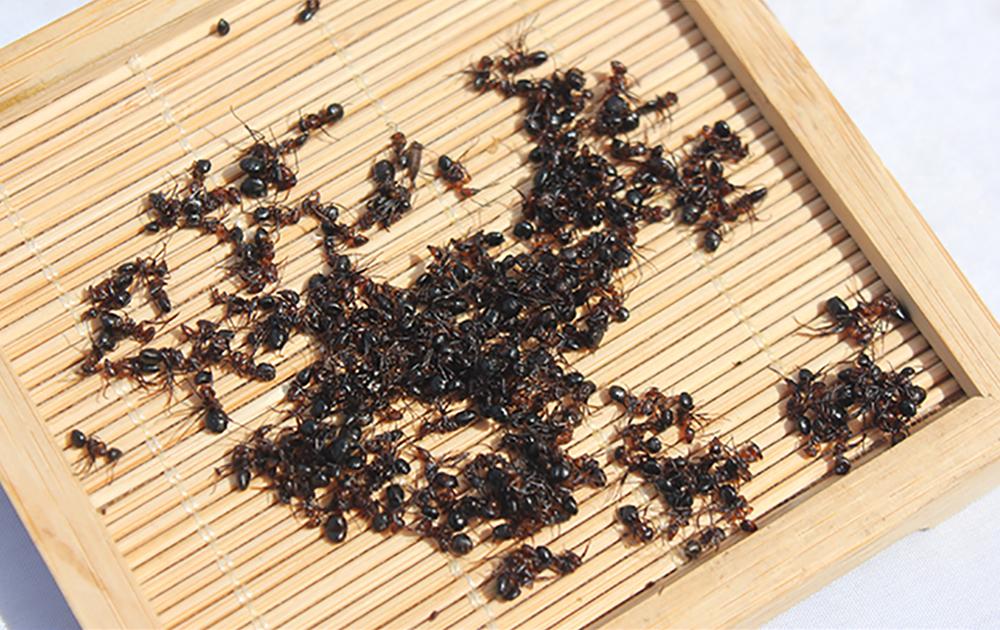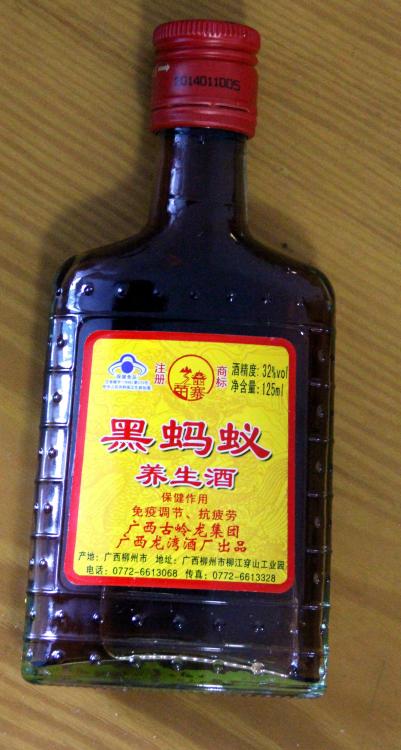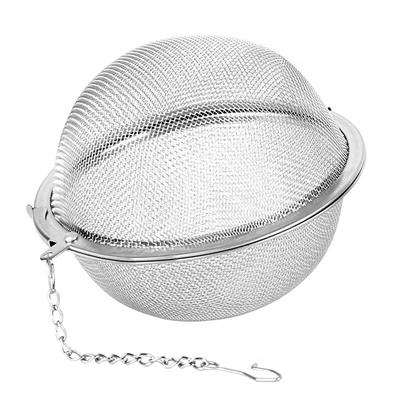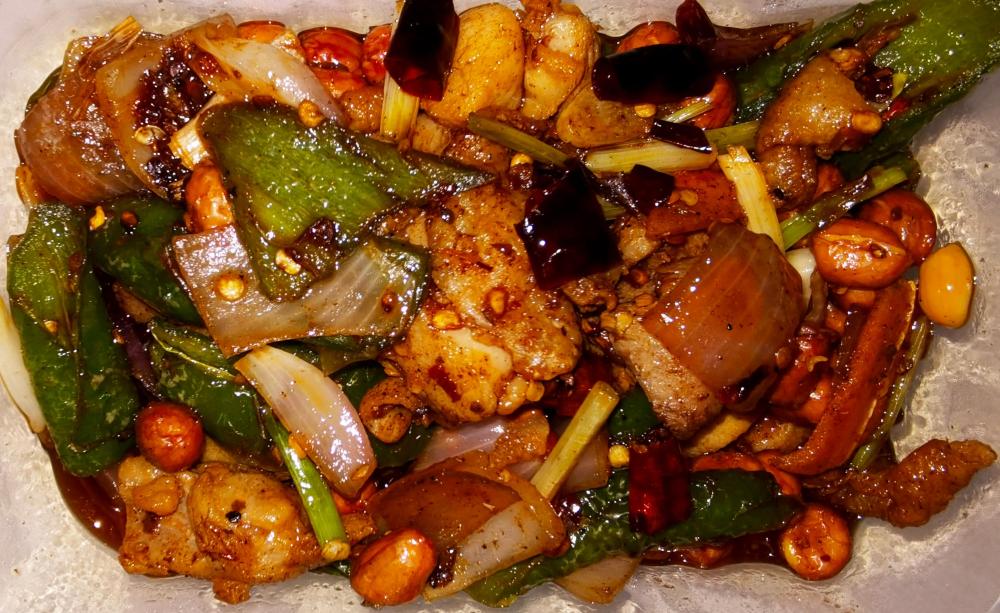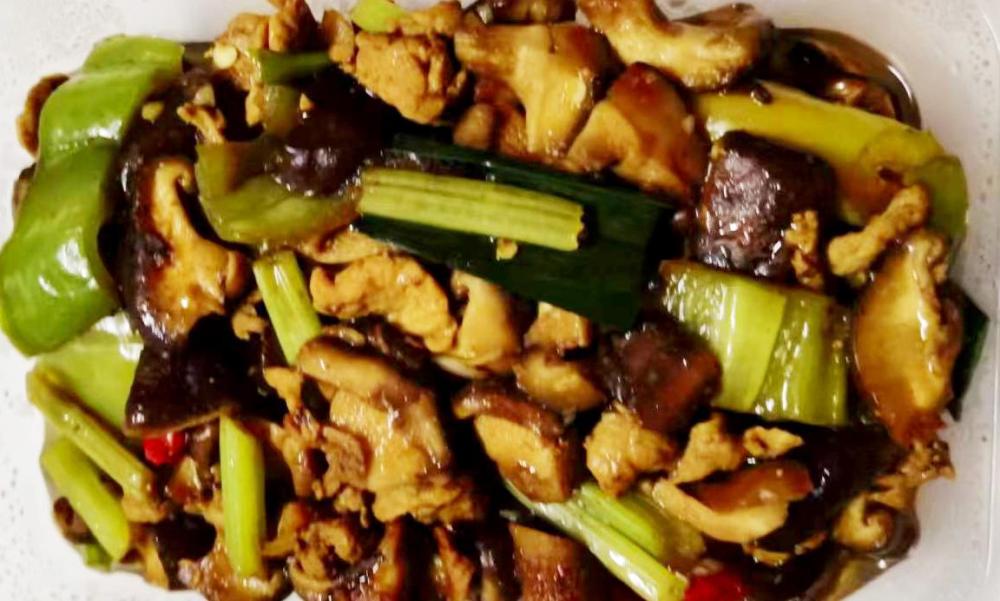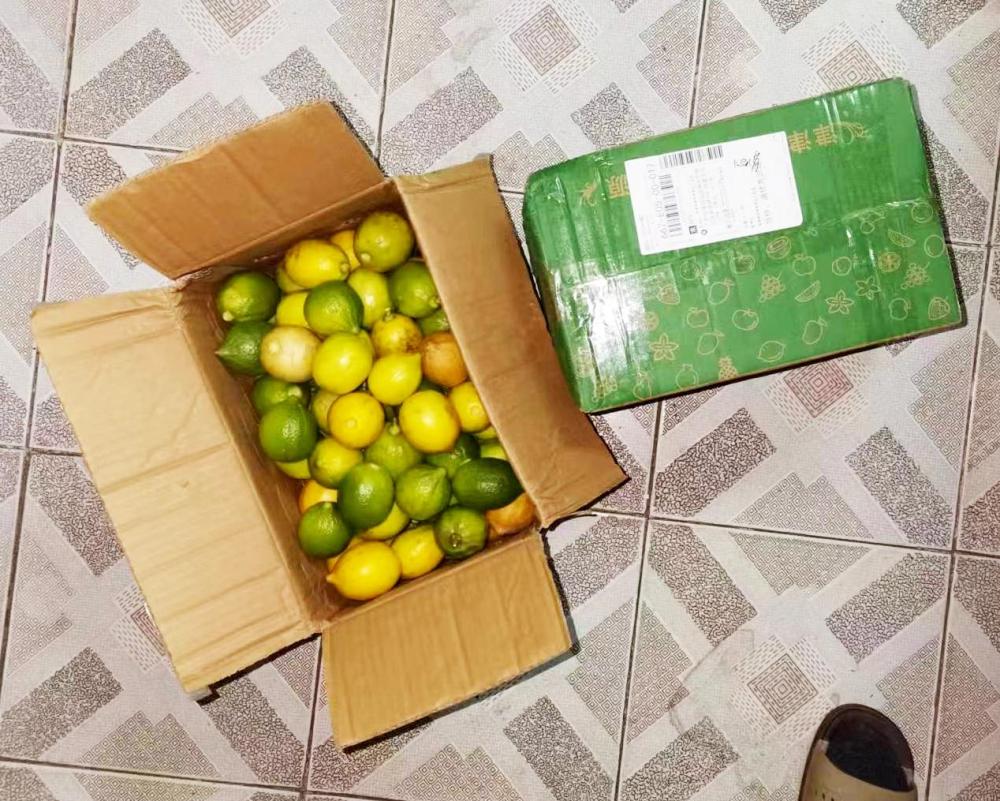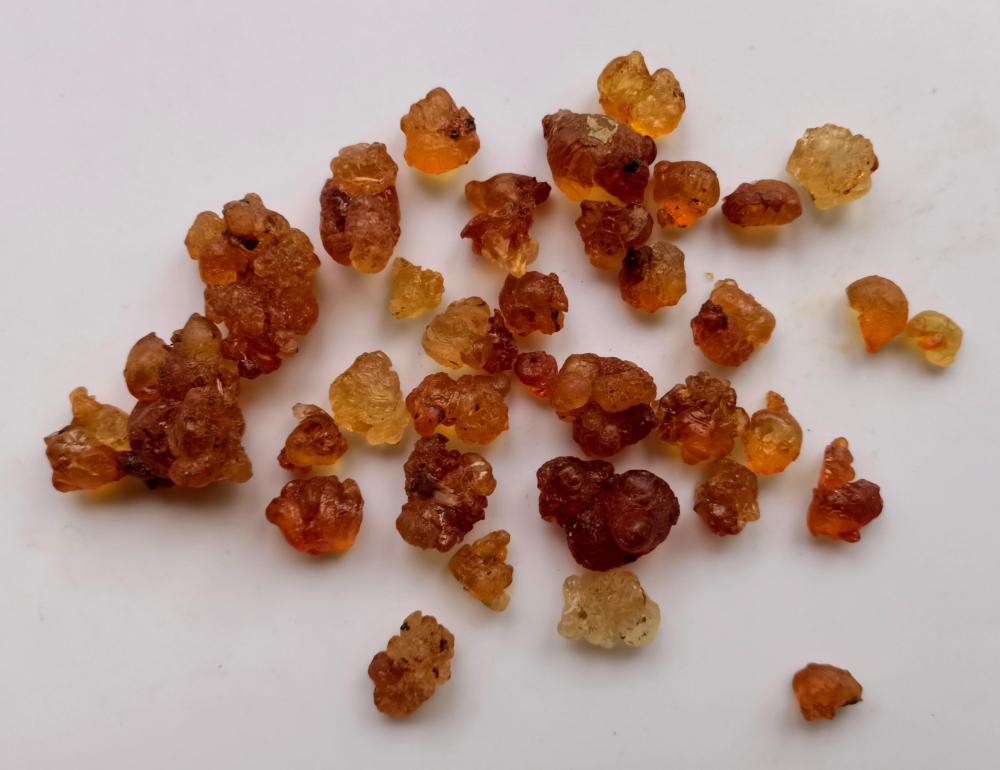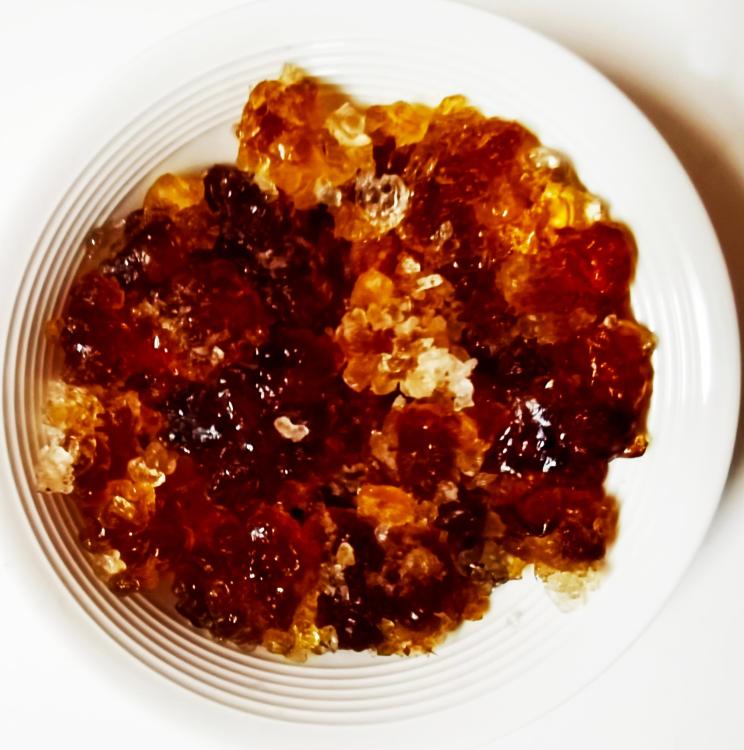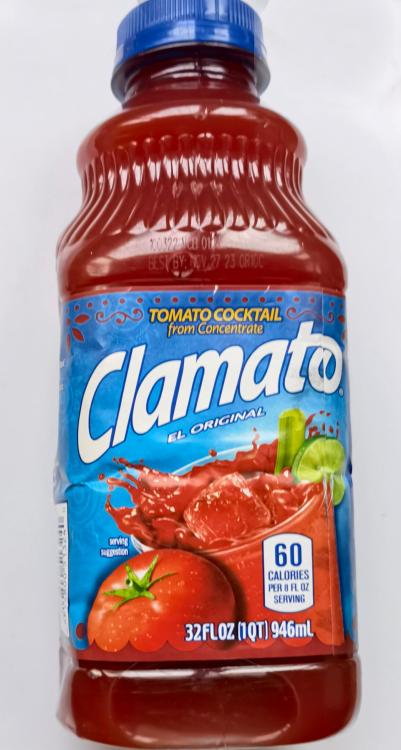-
Posts
16,751 -
Joined
-
Last visited
Content Type
Profiles
Forums
Store
Help Articles
Everything posted by liuzhou
-
I feel sure Anna woud be happy to know the topic is continuing.Think of it as a tribute to Anna from her many friends here.
-

Is there actually any European influence in American BBQ?
liuzhou replied to a topic in Food Traditions & Culture
Same in UK. Usually. -
The term 'Pope's nose' has been around since the 18th century. One of my favourite books is Grose's Dictionary of the Vulgar Tongue (3rd third edition published in 1796) which defined it as "Pope's Nose, the rump of a turkey." Also known as the parson's nose. My father used the term - to my mother's annoyance, She agreed with Grose that it was vulgar, despite her being a good god-fearing athiest.
-

Is there actually any European influence in American BBQ?
liuzhou replied to a topic in Food Traditions & Culture
There was a brief fashion for Brazilian BBQ here in China about 15 years ago. Lasted about 6 months. 巴西 means Brazil and 烤肉 (top right of the sign) is roast meat. I can also recommend Tibetan BBQ'd yak meat grilled over a yak dung fire. Not many trees up there! -

Is there actually any European influence in American BBQ?
liuzhou replied to a topic in Food Traditions & Culture
But not around the globe which was the claim. -
The packaging states 12 months.
-

Is there actually any European influence in American BBQ?
liuzhou replied to a topic in Food Traditions & Culture
Of course not, but I only added it as an interesting aside, as I said. -

Is there actually any European influence in American BBQ?
liuzhou replied to a topic in Food Traditions & Culture
I don't think inventing new, perhaps better, more efficient tools to do the same thing affects the origin of the food which is the point of the topic. Also, I don't know where you get the idea that American Barbecue is sought globally. Barbecued / grilled meat is a miniscule minority in most of Asia. Xinjiang barbecue, Mongolian barbecue, Korean barbecue, Vietnamese barbecue, Indian barbecue etc are all hugely popular among the billions of people in Asia. I have lived in China for nearly 30 years and never seen an American barbecue place, although there may be some in Beijing or Shanghai (catering to the Americans working in those cities, not so much to the locals). -
To make black ant 'wine'. Roughly translated by me from the seller's webpage. Take 1 pound of ants and stir into 10 pounds of 50⁰ baijiu* and allow to bubble for around 2 to 3 weeks. You may also added ginseng, wolfberries (goji), gastrodia** and other auxiliary herbs. You will live forever! (I may have added the last sentence.) * For those that don't know, 白酒 (bái jiǔ) is a Chinese spirit made from, usually, sorghum. Smells like vomit and tastes worse. ** Gastrodia elata Blume. Another unproven herbal medicine used in TCM.
-
Last night was a pizza I've posted often enough before, but I took the notion that I fancied some chips (fries) with that. Fortunately, I spotted this on the pizza place's delivery app page. I was sitting with my finger over the <SEND> button when some instinct stopped me. Sure enough, in the fine print I found that they weren't potato but fried lotus root. Now, I like lotus root, but this wasn't what I wanted, so I abandoned that idea. I could have ordered fries from a different vendor but there is a minimum order value of ¥20 on the app and fries alone cost half that and two portions is too much for me. So just pizza it was. Maybe tonight, I'll get my chips.
-

Is there actually any European influence in American BBQ?
liuzhou replied to a topic in Food Traditions & Culture
Broil is an ancient word of uncertain origin but certainly not American; most probably French. It was used with the same meaning by Chaucer in the prologue to The Canterbury Tales around 1386, long before America was colonised although he wasn't first. Shakespeare also used it in 1613. I seriously doubt a truly exhaustive study of the regional uses of any of these words is feasible. Different people in some city apartment blocks could use all three to decribe the same process. -
I figured out years ago how to deal with turkey and always follow my established method. This involves never buying it or eating it. There are much better meats. In fact most, if not all, meats are better.
-

Is there actually any European influence in American BBQ?
liuzhou replied to a topic in Food Traditions & Culture
It's not that simple. Both terms are used in different regions around the world including within the USA and Europe. Interestingly, the word 'barbecue' is American, having been borrowed from Haitian barbacòa; whereas 'grill' is borrowed from French, suggesting completely the opposite. -
Talking of stollen, LIDL UK is set to equip staff with body cameras to help fight shoplifting and violence to staff. The rise of these ofences is thought to be linked to the cost of living crisis. More here.
-
First up, they are dead. They are packed in a jar containing water into which some of the formic acid has leached giving a vinegary, but not unpleasant taste. The suppliers suggest between 15 to 30 ants per dish, but don't say how large a dish. I'm guessing a family style dish, so this 15 to 30 could be eaten by maybe four people. Typical vague Chinese instructions. They do suggest 5 grams is adequate for one cup of ant and honey tea. I think they are sold more for making into home made tonic wine, where they are used in higher quantities. I won't be going that route. So, I reckon they'll last me the rest of my life. I haven't used them yet but will experiment and post my own recommendations soon.
-
Today, I took possession of 500 g or 1.1 lbs of 黑蚂蚁 (hēi mǎ yǐ), Chinese black ants, Polyhachis vicina Roger - as one does. These are found in the Changbai Mountains, a mountain range which forms the border between China and North Korea. These are said to be very nutritious, being high in protein, potassium, calcium, phosphorus, magnesium, iron, manganese and zinc, as well as Vitamins B, D, and E. They are widely used in TCM, in weight control, to boost the immune system, as an anti-inflammatory drug, as an anti-aging agent and even to treat cancer. Naturally, like everything else in TCM, they enhance one's sex life. Of course, there is no evidence of any therapeutic benefit that stands up to western scientific standards. They are also, less often, used just as food, being made into a hot drink with honey as well as being added to rice and congee or even to scrambled egg. They have a citrus-like flavour coming from their formic acid and are slightly crunchy. The flavour is quite strong so they are used sparingly. They are also used in black ant wine as mentioned in this post above . $9 USD for the 500 g. They are also available in North America. There is more information here. Ant omelette, anyone? Ant and chips?
-
Yes. They are used that way, but here in China they are described and used as "spice balls".
-
That's a fairly standard method with hard whole spices in many cuisines. Alternatively you could use one of thee spice balls which would more allow the spices to be in contact with the oil.
-

How do you take your whiskey: neat or with water/ice?
liuzhou replied to a topic in Spirits & Cocktails
I agree with your first sentence 100%. However, there is a difference between adding ice and adding water. Temperature. In every pub in Scotland room temperature water is supplied automatically. Ice is frowned on. I tend to take blended whisky neat, but will add a drop of water to a decent malt. I have little experience of American whiskeys. -
Of all the delivery meal I've been existing on for months, this was the least travelled. The restaurant is 357 metres / ¼ mile from my home. I could walk there in 3 minutes when I used to be able to walk. It's what you probably know as Kung-po Chicken, a term unknown here. It's 宫保鸡丁 (gōng bǎo jī dīng). This dish comes in several forms, even in Sichuan, its birthplace. But usually spicier than I've ever found in the west and richer in fresher Sichan peppercorns. This wasn't the best I've had, but not bad. With rice, of course. $2.50 USD.
-
香菇肉片 (xiāng gū ròu piàn), shiitake sliced pork. Also contained fresh green chillies, red chillies, Chinese celery, onion, soy sauce and Shaoxing wine. Served with rice.
-
Then sell it by the glass on the roadside and use the profits to buy beer! Brilliant suggestion!
-
To my astonishment, when I was sitting at home minding my own business, at 8pm, two kilos of lemons knocked on my door! By examining the delivery note attached I knew which city they came from and narrowed the possible senders down to two friends in that city. I called the first, an old and close friend, and bingo! I thanked her for her generosity and she said she just asked the farm to send them and they cost her nothing. She is a professor of anthropology in the university in that city and in July, took eight of her students on a field trip to their lemon farm and they said if she ever needed some lemons just to let them know. What lemons have to do with anthropology, I have no idea. I have no idea what I'm going to do with two kilos of lemons. 2x1 kg boxes of lemons + the toe half of my right foot.
-
I'm putting this here as, although not technically the fruit, it is from a fruit tree. We are looking at 桃胶 (táo jiāo), peach gum or peach tree gum. This is the sap of the tree and is used in Chinese sweet soups and desserts especially with silver ear fungus. It arrives looking like the above. Around the size of a large raisin or larger and sticky but rock hard. These lumps require soaking overnight and then being boiled for 30 miutes before use. Post soaking preboiling They are considered to have numerous health benefits, but they say that about everything here. Not however, recommended for pregnant women or children under eight. Much more information and recipes here.
-
Well, my Clamato arrived Sunday evening. Yet to experiment, but will not be making the suggested Michelada recipe on the bottle. Tomato,Wooster Soss, and clams in my beer? How drunk were they when they thought that one up.




